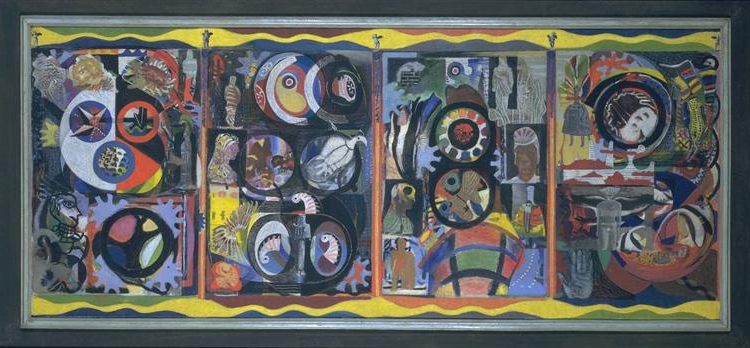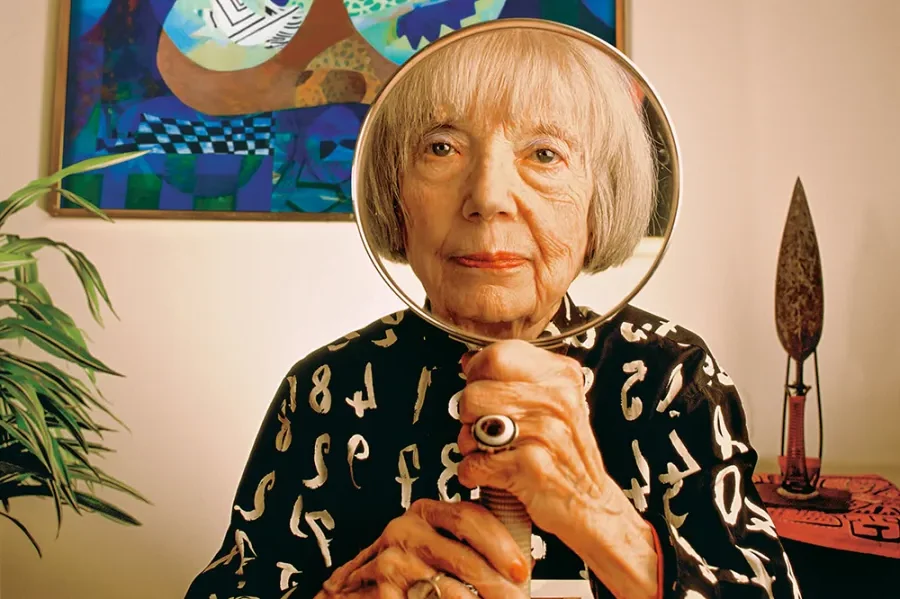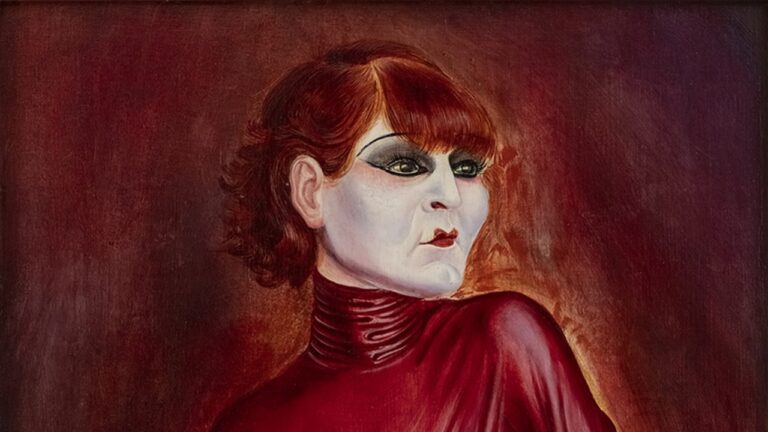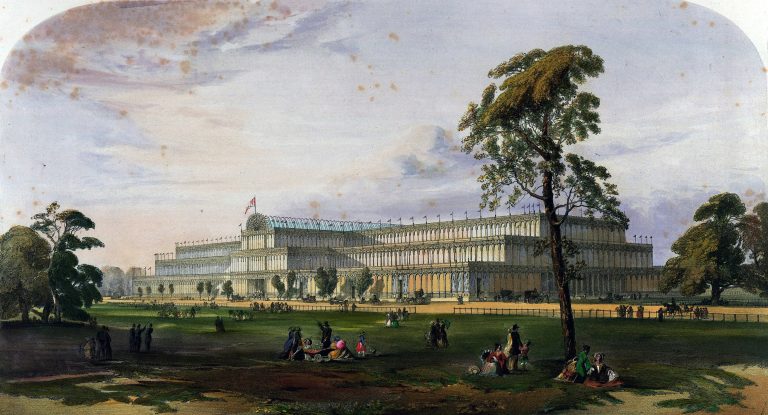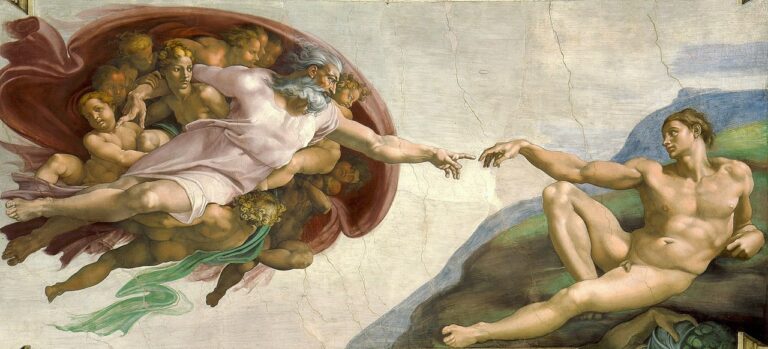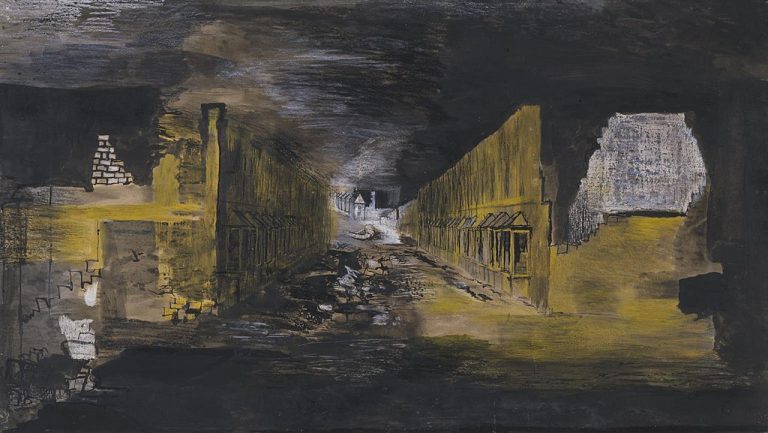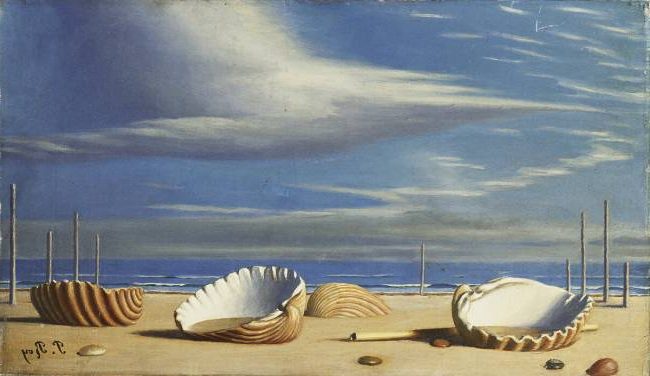Eileen Agar: Painter and Pioneer of British Surrealism
Born: 1 December 1899, Buenos Aires, Argentina
Death: November 1991, London, United Kingdom
Art Movement: Surrealism
Nationality: Argentine-British
Teachers: Leon Underwood and Henry Tonks
Institution: Byam Shaw School of Art and Slade School of Fine Art
Eileen Agar: Painter and Pioneer of British Surrealism
Life and Education of Eileen Agar
Eileen Agar was born into privilege, but she made her own way in the art world through formal training and key relationships.
Early Years and Background
Eileen Forrester Agar was born in 1899 in Buenos Aires, Argentina. Her father was Scottish and her mother American. The family lived in a villa called Quinta la Lila.
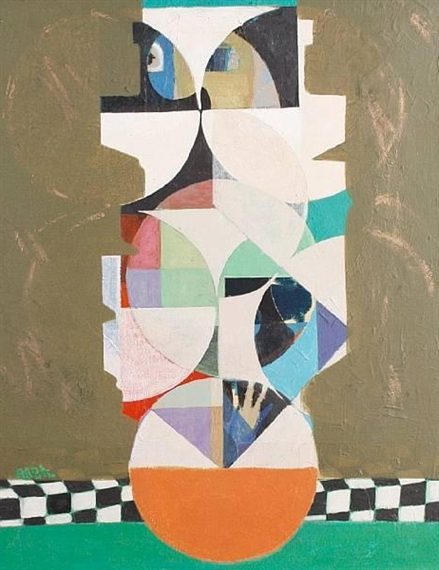
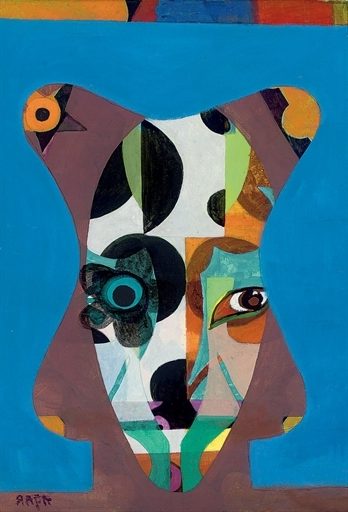
Agar grew up in luxury. She had a nanny and a French governess before starting school. As a child, she loved looking at pictures by Edmund Dulac and Arthur Rackham.
In 1911, the Agar family moved to London. This change would shape Eileen’s future as an artist.
Formal Art Education
Agar’s art training began at the Byam Shaw School of Art in London. She later studied at the prestigious Slade School of Fine Art.
At the Slade, Agar learned traditional techniques. But she soon became interested in more modern styles.
She also took classes with Leon Underwood. He taught her about sculpture and printmaking.
Relationship with Joseph Bard
In 1926, Agar met Joseph Bard, a writer. They fell in love and got married in 1940.
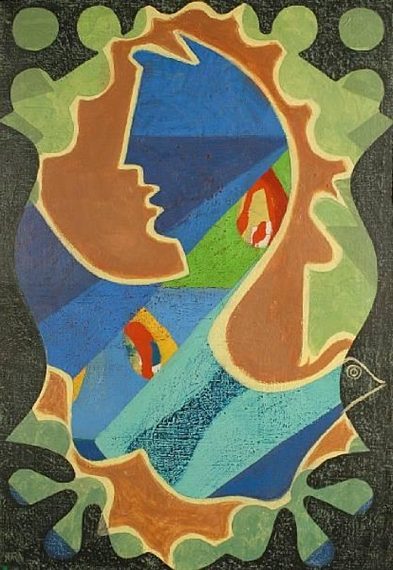
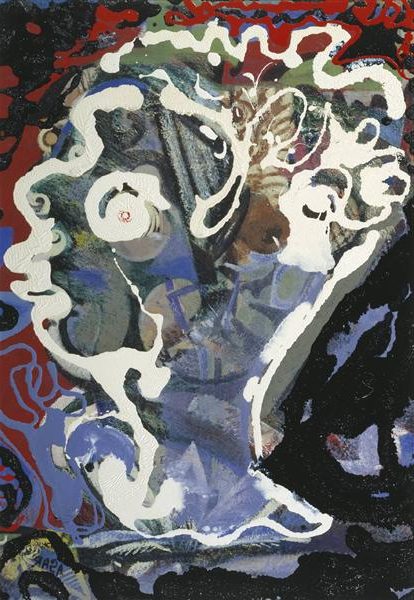
Bard had a big impact on Agar’s art. He introduced her to Surrealism and other avant-garde ideas.
The couple traveled together in Europe. These trips exposed Agar to new art movements and artists.
Their relationship lasted until Bard’s death in 1975.
Artistic Career and Contributions
Eileen Agar made significant contributions to Surrealism through her paintings, collages, and photographs. She gained recognition for her unique artistic vision and collaborations with other prominent artists of the movement.
Surrealism and Major Works
Agar embraced Surrealism in the 1930s. Her most famous work, “The Angel of Anarchy,” combined sculpture and found objects. She created dreamlike paintings with bright colors and strange shapes.
Agar’s collages mixed different materials in odd ways. She used things like shells, feathers, and sea sponges. This gave her art a special look that stood out from other artists.
Photography was also important to Agar. She took pictures that played with light and shadow. These photos added to her surrealist style.
Collaborations and Influence
Agar worked with many famous artists. She was friends with Pablo Picasso and Dylan Thomas. Paul Nash helped her join the London Group, an important art club.
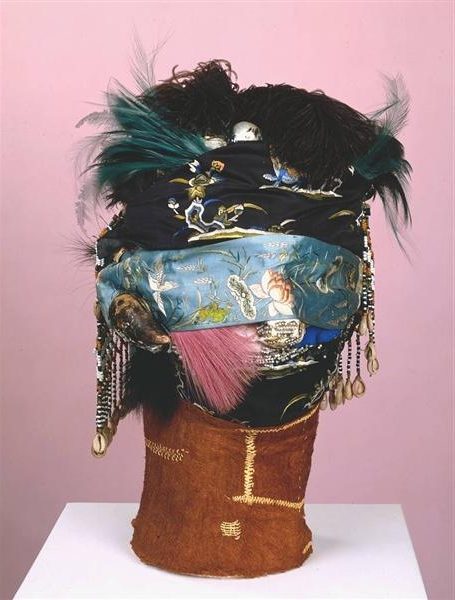
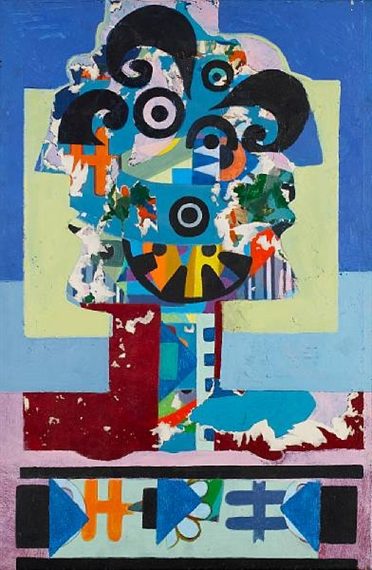
André Breton, the leader of Surrealism, liked Agar’s work. He invited her to show her art in the big International Surrealist Exhibition in 1936. This made Agar one of the few women in the show.
Agar’s unique style inspired other artists. She mixed different art forms in new ways. This helped push Surrealism in fresh directions.
Exhibitions and Recognition
The 1936 International Surrealist Exhibition was a big moment for Agar. It put her in the spotlight of the art world. After that, she had many more shows at places like the Bloomsbury Gallery.
Agar’s fame grew over time. The Tate museum in London bought some of her art for their collection. This showed how important her work was.
In 1990, Agar became a member of the Royal Academy. This was a big honor that proved her lasting impact on British art. Her long career and unique style made her a key figure in Surrealism.
Legacy and Impact on Modern Art
Eileen Agar left a lasting mark on modern art through her innovative techniques and unique vision. Her work continues to influence artists and captivate audiences today.
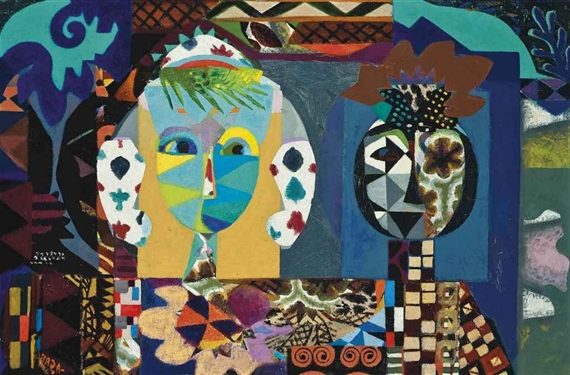
Lewis Carroll with Alice (1961) by Eileen Agar
Innovations and Artistic Techniques
Agar pioneered new approaches to Surrealism and collage. She combined found objects, photographs, and natural materials in unexpected ways. Her most famous work, “Ceremonial Hat for Eating Bouillabaisse,” merged sculpture and fashion.
Agar’s paintings blended abstraction with recognizable forms. She used automatic techniques to tap into her subconscious. This led to dreamlike images filled with imagination.
The artist also created tachist paintings. These featured spontaneous brushstrokes and splashes of vibrant color.
Recognition and Influence
Agar gained respect in the male-dominated Surrealist movement. She took part in major Surrealist exhibitions in the 1930s. Her work appeared in London, Paris, and Amsterdam.

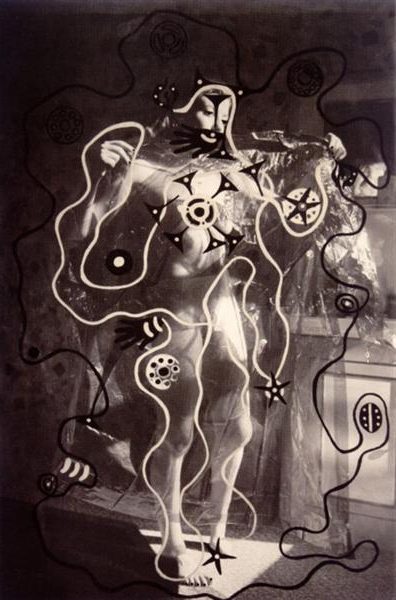
The artist’s fame grew after World War II. She had solo shows at the Redfern Gallery in London. Museums like Tate Britain and the Museum of Modern Art added her pieces to their collections.
Agar inspired later generations of artists. Her use of found objects and collage techniques influenced Pop Art and assemblage. Contemporary artists like Goshka Macuga have cited Agar as an inspiration.
In 2021, Tate Britain held a major retrospective of Agar’s work. This renewed interest in her art and cemented her place in art history.
Frequently Asked Questions
Eileen Agar made significant contributions to Surrealism through her diverse artistic practice. She explored various mediums and themes, leaving a lasting impact on modern art.
What was Eileen Agar’s contribution to Surrealism?
Eileen Agar played a key role in the British Surrealist movement. She was one of the few women artists featured in the 1936 International Surrealist Exhibition in London.
Agar’s unique approach blended abstraction with surrealist ideas. She created dreamlike compositions that challenged artistic norms of her time.
Which art mediums did Eileen Agar work with?
Agar was skilled in many artistic techniques. She worked with painting, collage, sculpture, and photography.
She also made ceremonial hats and experimented with unusual materials. Her diverse practice showed her creativity and willingness to try new things.
Can you describe the style and themes present in Eileen Agar’s artwork?
Agar’s style mixed organic forms with everyday objects. She turned ordinary items into strange and captivating scenes.
Her work often featured natural elements like sea creatures and plants. She combined these with man-made objects in unexpected ways.
How has Eileen Agar’s work been influential in modern art?
Agar’s experimental approach inspired other artists. Her work bridged the gap between abstraction and surrealism.
She helped pave the way for women in the surrealist movement. Her art challenged gender norms and expanded the possibilities of artistic expression.
What are the notable exhibitions or retrospectives that featured Eileen Agar’s work?
The 1936 International Surrealist Exhibition was a major milestone for Agar. It brought her work to a wider audience and established her place in the surrealist movement.
Many museums have held exhibitions of Agar’s work since then. These shows have helped keep her art relevant and appreciated by new generations.
What role did photography play in Eileen Agar’s artistic practice?
Photography was an important part of Agar’s artistic toolkit. She used it to capture scenes and objects that inspired her other work.
Agar’s photographs often focused on found objects and natural forms. These images informed her paintings and sculptures, showing the connection between her different art forms.

